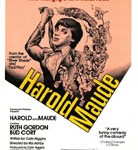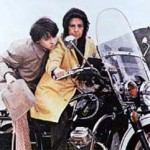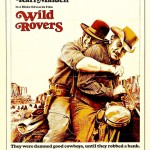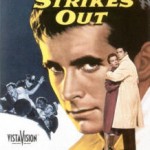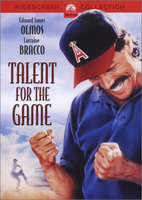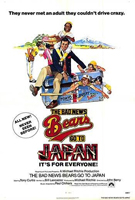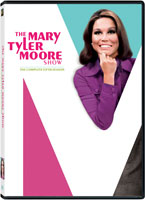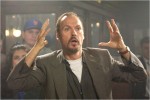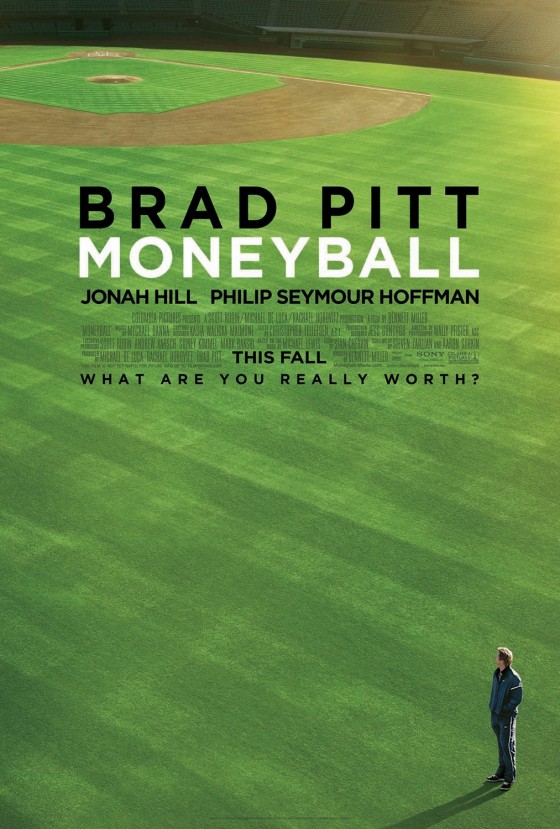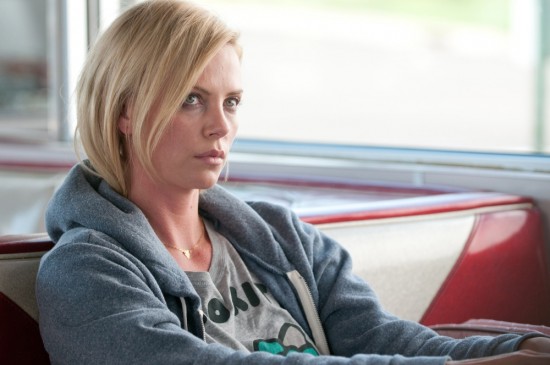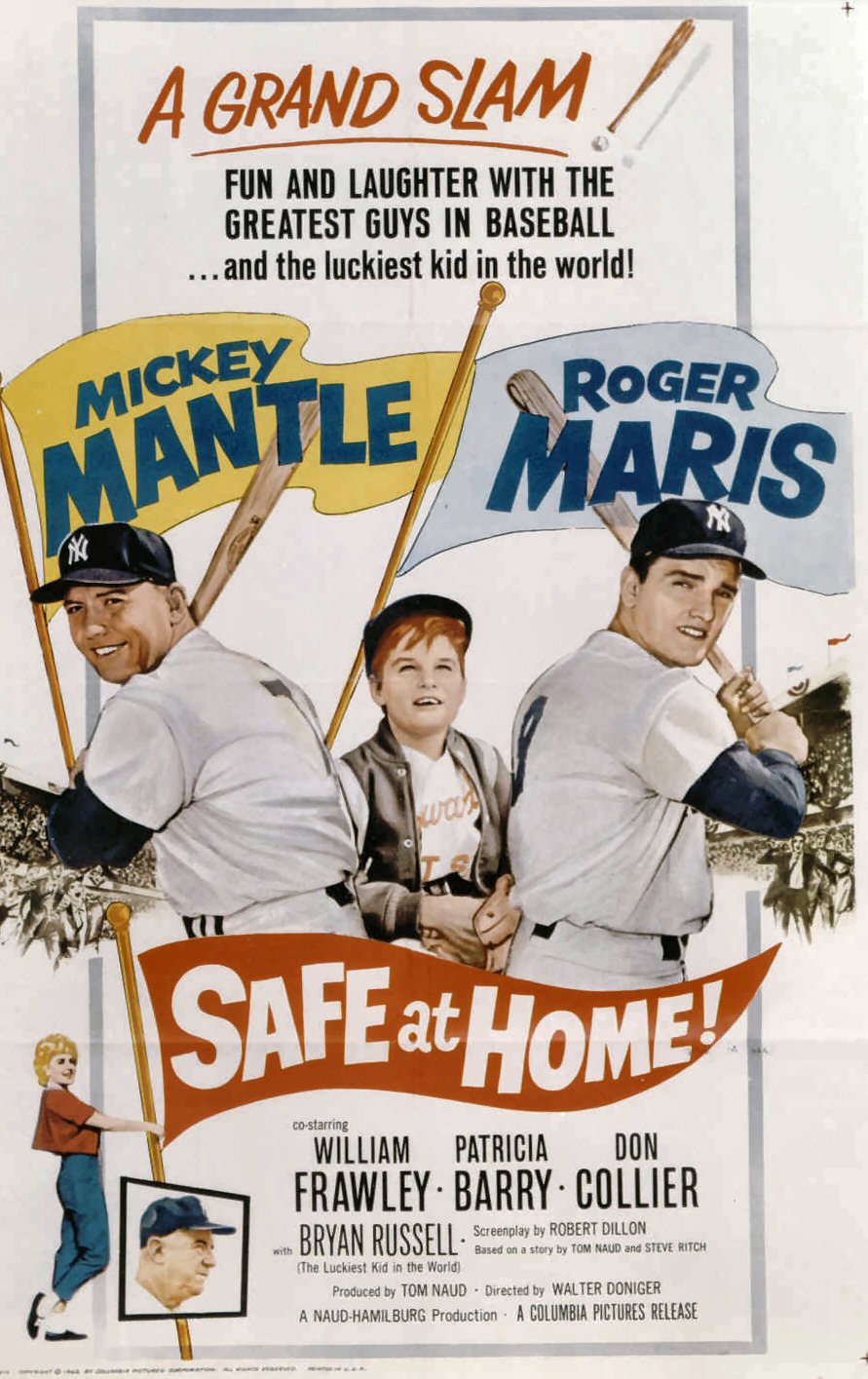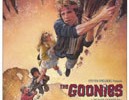“Everyone has the right to make an ass out of themselves. You can’t let the world judge you too much.”
–Maude
And so goes the credo of Hal Ashby’s touching and satirical comedy Harold and Maude.
To call Harold (Bud Cort) a strange and troubled soul would be an understatement. He’s faked his own gruesome death more than a dozen times and spends his spare time hanging out at strangers’ funerals. Someone with a university degree on their wall might call Harold unstable. I’d agree. Maude (Ruth Gordon) is a free-spirit entering the twilight of her life. A few days less than 80, Maude also spends lots of time at the cemetery watching other people’s sorrow. The two make the ultimate odd couple as the straight-faced Maude shows the lonely Harold a thing or two about living life with a personality and not giving a damn about it.
I saw Harold and Maude as a spoof of Mike Nichols’s The Graduate, or at least a follow up to the 1967 film. On the surface there’s several similarities. Both revolve around a relationship between a younger man from a wealthy family and an older woman. The Graduate has a catchy soundtrack from Simon and Garfunkel, while Harold and Maude features the catchy crooning of Cat Stevens. More importantly, it’s the attitude of both films that are similar, although Harold and Maude falls closer to satire as it’s so ridiculous.
Just coming of age, Harold has spent his life as a loner. He’s trying to figure out what he wants to do with his life and the only answer he’s got is to get away from his superficial mother (Vivian Pickles) and not fall into the shallow life of upper-crust society like she has. Sounds a lot like Dustin Hoffman’s Benjamin Braddock if you ask me. In the comfort of his own home, Harold tries to live a little, executing morbid and violent fake suicides to try and grab the attention of his uppity mother. If only he were taken seriously. In the outside world Harold is an observer. He tries to blend in with the rest of the world that passes him and ignores his very existence. All signs point to Harold being a powder keg mouse ready to explode at any moment. That is until he meets Maude, the old lady who shares his fascination with death and walks out ahead of the funeral procession with a big, yellow umbrella as opposed to the more polite and boring blacks.
Maude has lived her life doing what she feels led to do. She has a habit of stealing cars, different ones all the time so she can always try something new. In her youth Maude was an avid protestor and even broke into pet stores to free the birds. Her carefree attitude makes Maude a symbol of freedom and a mentor for Harold.
In order to mock the world, authority and power figures must be presented as flawed. Written by Colin Higgins, Harold and Maude argues that the world takes itself too seriously. Harold’s mother worries about what others think. She wants her son to be just like her, without a personality and a care for only things with material in value. The wealthy are shown consuming so much news that people like Harold are but a brief after thought. When a policeman tries to pull over Maude, she gives chase and out-dupes the civil servant. Another symbol of authority is ridiculed when Harold is drafted by the Army. All he has to do to escape is put on a show and act crazy. Authority has no place in director Hal Ashby’s world where he is calling for people to be like Maude and live a little. Screw what your neighbour thinks. Do what you want to do. There may be consequences to your actions, but live life.
To make this message work, Ashby makes Maude an easily likeable and spunky senior. By making her sane, if a little bit ditsy, she’s the person I immediately was drawn to. Harold is the same. He sees her as a surrogate mother of sorts – someone he can learn from, confide in and love. As that love develops it gets a little discomforting, yet at the same time fresh reinforcing the theme of doing what feels right.
Harold and Maude might be considered a cult flick today but don’t let that fool you. It’s not cheesy bad nor is it light and fluffy. It’s a treasure that’s as applicable today as it was more than three decades ago.
Harold and Maude Gallery
Trailer
